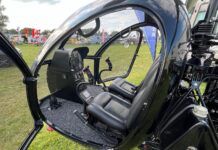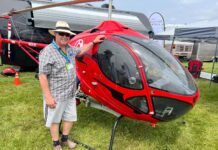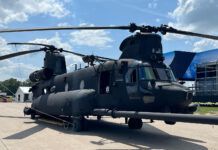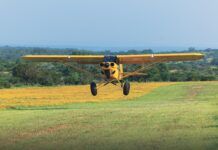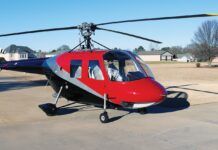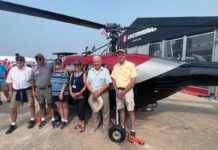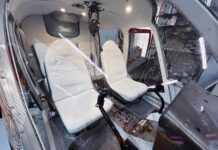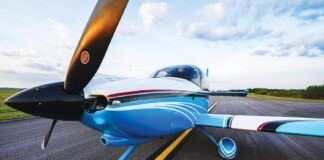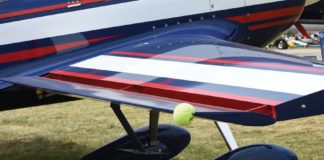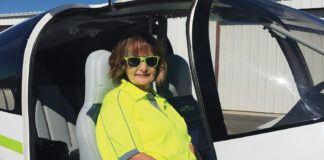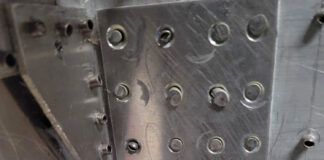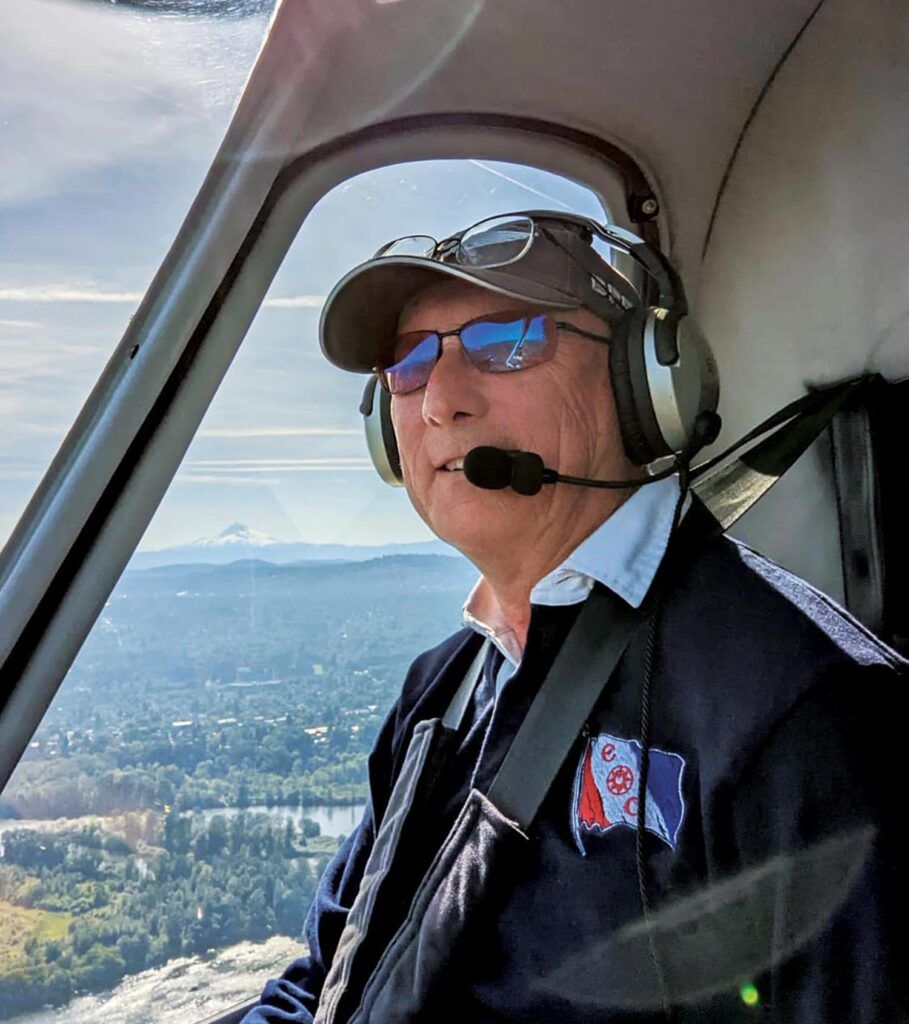
I’ll admit it, I like merit badges. I like certificates of achievement. I like the recognition that comes with doing something new and different. There’s nothing quite as satisfying as adding a new line on my little plastic card with the portraits of Orville and Wilbur looking on with approval. Let’s face it, any time pilots get bored in the lounge, one likely topic of conversation will be “what ratings do you have?” It’s nice to feel like you’ve got a good foundation for your bragging rights.
But as I have gotten older, an interesting thing happened. I have always felt that getting new experiences is important, adding them to previous experiences to expand your repertoire. But with age, I have begun to realize that the experiences are truly more important than the merit badge. Looking back on my life, I think I have always recognized that, having tried my best to gain new experiences whenever I can. But I always wanted that merit badge as well.
New experiences expand our capability with our old ones because they show us better where the edges of the envelope might be. Adding a glider rating to your power license, for instance, gives you a much better understanding of how to deal with an engine-out situation. That instrument rating makes us more precise. And that two-day seaplane course at Jack Brown’s? Well…that’s just for fun (as no one will rent you a seaplane). But it does teach you how to read the wind by looking at a pond or lake. If you make your living evaluating flying machines, then anything that flies will expand your knowledge and experience base. So I try to collect as many types as I can, just for comparison purposes.
Domestic Achievements
In my house, my wonderfully understanding wife knows how I love new corners of the envelope, and she rolls her eyes when I buy things (like tools) that would have been better to keep on a gift list so she’d have something to wrap up and put under the Christmas tree. So it is common for a gift from her to be “go get a seaplane rating” or “go fly this for a while.”
Such was the case this last Christmas when I unwrapped a flat little present that turned out to be a wooden helicopter kit with a handwritten note saying “go get 3 hours of helicopter time!” Accompanying the gift was her verbal addition that “if you like it, you have permission to go ahead and get the rating.”
Because my sphere of friends are mostly fixed-wing people, it took a little research to find a school that sounded good and was willing to work with a “commuter” student, since there was really nothing to be had within a couple hundred miles of home. Precision Aviation Training, near Portland, Oregon, turned out to have a good program, flying Guimbal Cabri G2 trainers, and was recommended by a fixed-wing friend who recently used them to go over to the dark side—all the way to his helicopter CFI rating. So I hopped in my RV-8 and braved the Pacific Northwest spring weather to go try my hand at what has been described as “balancing a beach ball on top of your index finger.”
In 3 hours, I reached the point where I could hover, take off, land and do some fun things down along the river that the school calls their “playground,” such as land in tiny spaces, pound up the channel at 50 knots (weaving along the river meanders) and dropping down into a vertical clearing among tall trees. What fun, and enough to whet my appetite for more! So I signed up for their Part 141 Commercial Add-On course, arranged occasional lodging in my friend’s guest room for about a week per month and started in on the project.
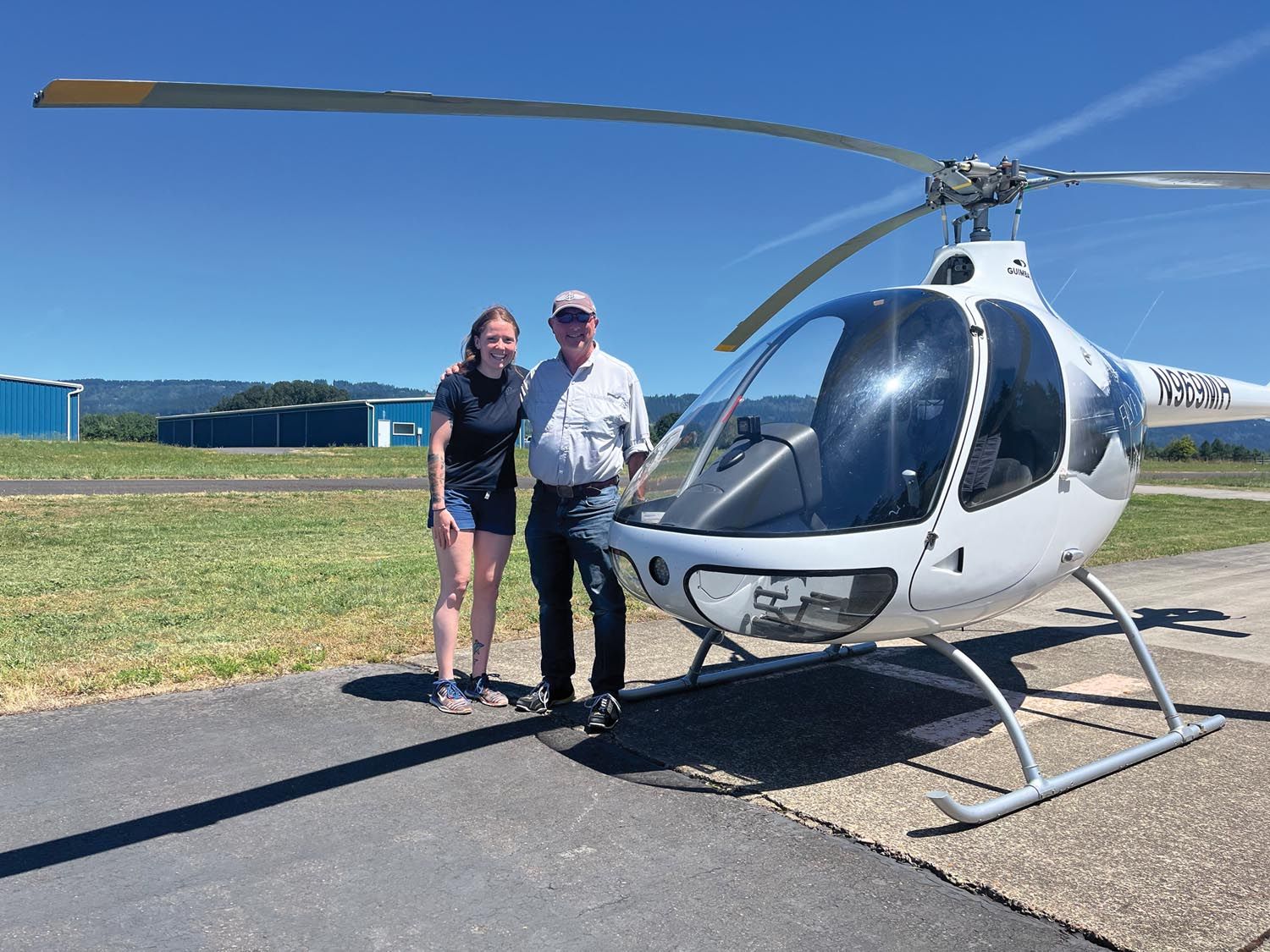
Back to Basics
The first half of the course was lots and lots of rotorcraft flying basics, making the new pilot safe enough in handling the machine (in normal and emergency conditions) that if the insurance and curriculum allowed, they could be reasonably expected to fly solo and bring the machine back in one piece. Unfortunately, the curriculum doesn’t require solo because the insurance doesn’t allow it, so we moved on to the second stage, which is doing things like night flying, cross-country, instrument time, etc.
But an interesting thing happened to me as I finished up the first stage, squeaking through a stage check with just enough skill to engender a “well, let’s see how you do in the second half of the program” from the check pilot. What I realized was that I really wasn’t looking forward to proving that I could find an airport 50 miles away or putting on a hood for five hours to bumble around trying to keep that beach ball balanced without seeing the world outside. What I really wanted to do was explore the handling characteristics more and do some of the really unusual helicopter things, like land in tiny forest clearings or on a pinnacle in the mountains.
In effect, I suddenly realized that the merit badge (meaning the actual rating) just wasn’t that important to me. The truth is, I live at an altitude where a piston-powered helicopter simply isn’t practical because of performance limitations. It would be unlikely that I would ever exercise the privileges of the certificate once I left the school—sort of like the fact that I rarely fly multi-engine airplanes unless someone else is providing the aircraft and the fuel. I didn’t need the rating. What I wanted was the experience.
Flying helicopters has, without a doubt, expanded my aviation envelope. I have a better understanding of what they can do and how they do it, and I know that I was able to build a skill level where I could prove that I could actually keep the thing under control without sweating bullets and needing to set it down after 5 minutes to unclench my cyclic hand. (Yeah, the first hour was like that…but it gets better!) I proved to myself that I could make the helicopter do what I wanted, even though I didn’t build the experience level to where I could handle significant emergencies or deal with everything that came along. These are traits I certainly expect in a commercial pilot rated for what they are flying. But it took me a while to realize that that’s not what I came for.
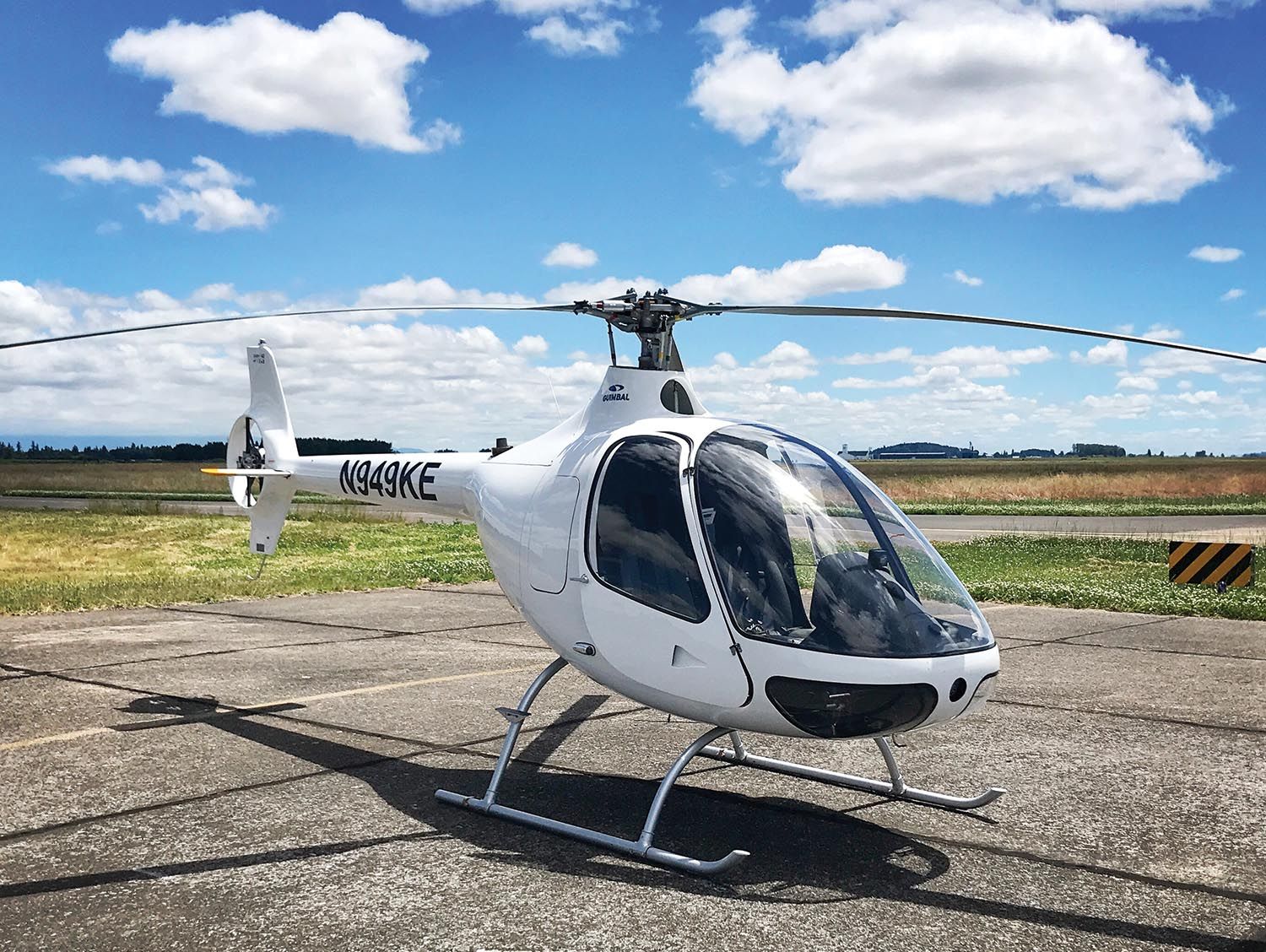
Come for the Sweat, Stay for the Education
I came to better understand fixed-wing aviation by understanding the differences between it and rotary-wing flying. I came because it is a unique way of moving through three dimensions and because now when I am asked “do you fly helicopters?” I can honestly answer “I’ve done a little and I enjoyed it, but it is very different because…” And I can then talk intelligently about the subject while pointing out that no, I don’t have a license to fly them. That takes a lot more time, experience and skill to do well, but I have a better admiration for those who do it on a daily basis.
Do I still want the merit badge? Well, I suppose I wouldn’t turn it down. But there are so many other things that need to be done and only so much time in which to do them. If I came across a steal of a deal on a helicopter and suddenly decided that it made sense to have one, then I could always finish the rating. But I haven’t and it doesn’t. At least not now.
One last thing. I did talk the school and my instructor into letting me solo. Three times around the pattern “alone and unassisted.” It’s not really a merit badge, but it’s a logbook endorsement I treasure.
Photos: Paul Dye & Matt Burch.

